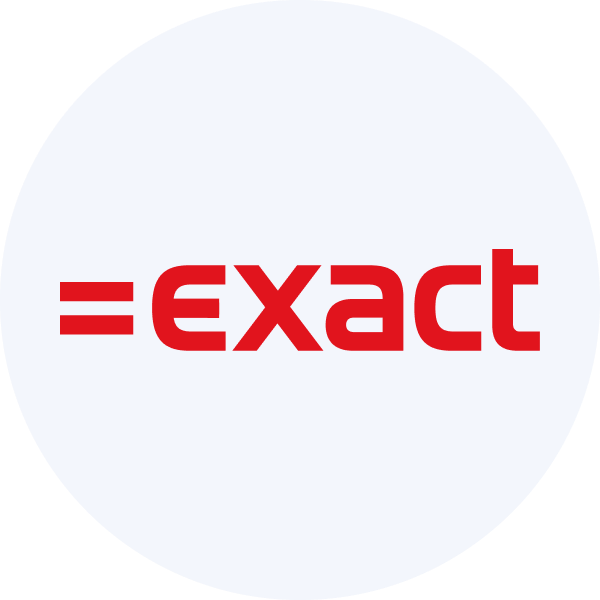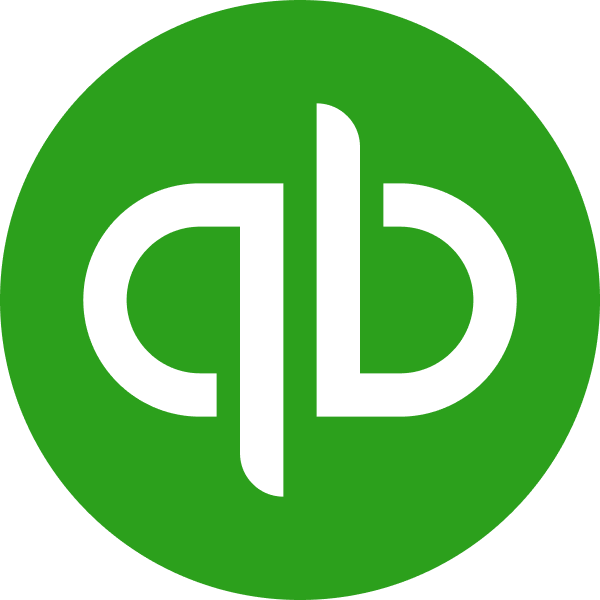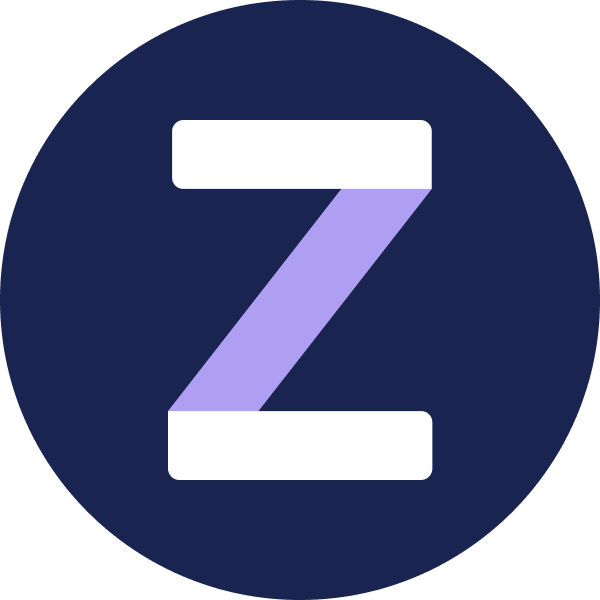Liabilities overview
Comprehensive loan insights and credit history analysis
Our liabilities feature simplifies the evaluation of a borrower's financial obligations. Machine learning models automatically identify loans from connected sources and provide lenders with a clear overview of a borrower's outstanding loans and their repayment history.
Use cases
Common uses of our liabilities feature include:
Risk assessment: helps assess the borrower's risk profile and repayment reliability.
Debt capacity: evaluates if the business can handle more debt without financial strain.
Repayment behaviour: indicates if the borrower makes payments on time or defaults.
Loan structuring: tailors new loan terms to fit the borrower's financial situation.
Feature components
Supported outputs
You can retrieve the data pulled by the feature by downloading a report in an Excel format or calling the liabilities endpoints of our API.
Get started
Once you have the Lending API enabled, configure your instance to work with our liabilities feature.
Configure data sources
Follow the respective guides to set up and enable at least one accounting, banking, or commerce integration that will serve as a data source for the feature:
Accounting
Commerce
Enable data types and sync schedule
See how to enable data types and ensure the following data types have been switched on:
- Proft and loss
profitAndLoss - Balance sheet
balanceSheet - Chart of accounts
chartOfAccounts - Journal entries
journalEntries - Accounts
banking-accounts - Transactions
banking-transactions - Transactions
commerce-transactions
Configure the solution to refresh data when you need it by setting a synchronization frequency. We recommend setting it to a daily or a monthly sync.
Configure webhooks
We recommend you configure the following webhooks to manage your data pipelines. These webhooks send a notification for each dataType separately.
Dataset status has changed to an error state
If you receive a notification from this webhook, it means an issue occured when syncing the specified data type. Resolve the issue and initiate the sync for this dataset again.
If you receive a notification from this webhook, it means data has been updated for the specified data type. This can include new, updated or deleted data. You should then refresh the data in your platform.









